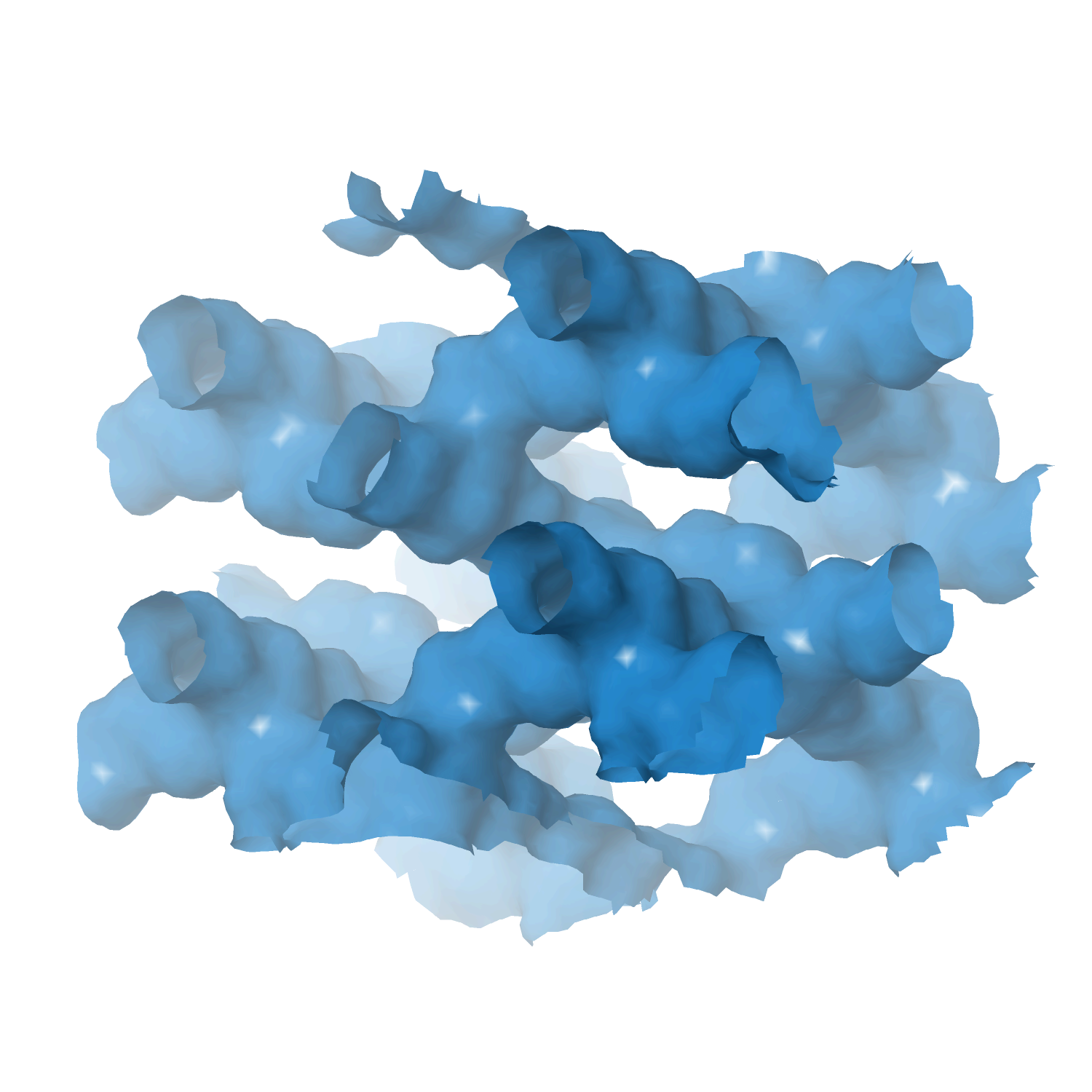Heterogeneous catalyst engineering ⇒ from stable and deactivation resistant to viable technical catalyst
Advances in heterogeneous catalyst “structure” are driven to improve their “function” or performance, i.e., activity, selectivity, and stability. Cooperative research is required to understand the structure and function relationships: developing new synthesis protocols for heterogeneous catalysts with unique surface properties, defined porosity, identification and understanding of catalytically active sites, reaction mechanisms, and finally, prediction and analysis of the processes using various computational tools.
Our group focuses on developing new catalyst formulations using innovative synthesis routes for various important heterogeneous catalysts. That includes thermal, electro, and bio-electro catalysis.
The active phase cannot be used directly in its final application or reactor for various reasons, including poor mechanical resistance, heat or mass transport, and fluidization features. We must mix the active phase with other ingredients in a matrix of binder and filler, while we shape it into a technical catalyst. We investigate new synthetic protocols for technical catalysis using spray drying and fluidized beds to cover the whole range of sizes. At the same time, we incorporate additional (unconventional) ingredients such as SiC to improve some features even further.
- Technical catalyst I ⇒ spray drying and extrusion
- Technical catalyst II ⇒ spray fluidized bed reactor
- Technical catalyst III ⇒ electrospinning
- Zeolite catalysts ⇒ with defined structure/porosity
- Multi-metal (high entropy) alloy catalysts
- MXene catalysts ⇒ single and multi-dimensional
- Perovskite catalysts
- Metal-organic framework (MOFs) catalysts
- Supported metal/metal-oxide catalysts
- Aerogel catalyst
Decreasing the coking and deactivation of a reforming Ni-Ce/Al2O3 catalyst with intraparticle SiC in hydrogen production routes
by
Tavares, Mohamed, Kulkarni, Morlanes, Castaño
Fuel
Year:
2023
DOI:
https://doi.org/10.1016/j.fuel.2022.127058
Abstract
Steam reforming processes are under pressure to fuel the hydrogen economy, cutting its significant carbon footprint and transitioning to renewable feedstock while improving catalyst performance and lifetime. A seemingly inert material such as silicon carbide (SiC, also known as carborundum), introduced in the catalytic particles, significantly influences catalytic performance and particularly the deactivation. We synthesized different catalysts with similar amounts of active materials (20 wt% of Ni and 2 wt% of Ce) and varied the proportion (0 to 78 wt%) and particle size (38 to 112 µm) of SiC within alumina. We used various techniques to characterize the catalysts and test them in reforming heptane, which was employed as a model molecule. The maximum enhancement with SiC occurs using 20 wt% of SiC with a size of 38 µm. Further, the enhancement with SiC is due to the control of the Ni particle size, leading to a 26 % improvement in the apparent reaction rate (per exposed Ni) and a 69 % decline in the deactivation rate compared to the SiC-free counterpart.
Keywords
REF
HCE
